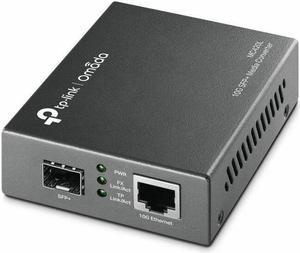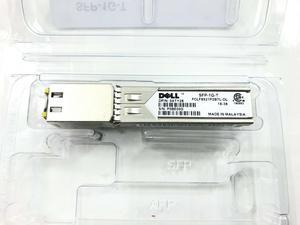- Home
- Networking
- Wired Networking
- Network Transceivers
Network Transceivers
- In Stock
- Sold by Newegg
- Make an Offer
- New
- Brands
- Show More
- Price
- Show More
- Ports
- Transfer Rate
- Show More
- Fiber Cable
- Max Distance
- Show More
- All Top Brands
- Availability
- Condition
- Discount
- Sold by
- Useful Links
- New
Show More
- Customer Ratings
- & up
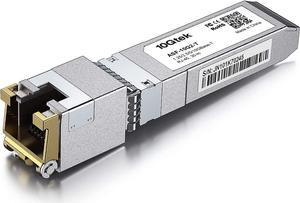
- Device Type: Transceiver
- Model #: ASF-10G2-T-CSC-X
- $46.99 –
- Free Shipping
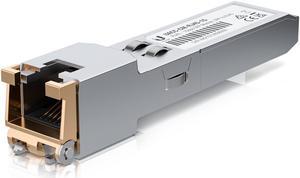
- Device Type: Transceiver
- Network Media: Copper
- Ports: RJ-45
- Connectors: SFP to RJ45
- Model #: UACC-CM-RJ45-1G
- $26.99
- $23.99 –
- Save: 11%
- More options from $21.11 - $62.84
- $4.99 Shipping
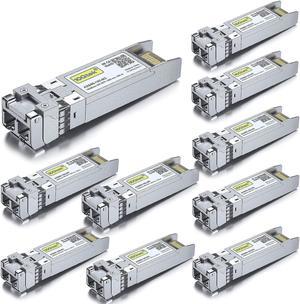
- Device Type: Transceiver
- Network Media: MMF
- Wavelength: 850nm
- Ports: 10GBase-SR
- Model #: 603149401525
- $122.99 –
- Free Shipping

- Device Type: Transceiver
- Standards: IEEE 802.3U
- Network Media: Copper
- Ports: 10GBase-T
- Model #: WUF-RJ45-10G
- $37.99 –
- Free Shipping
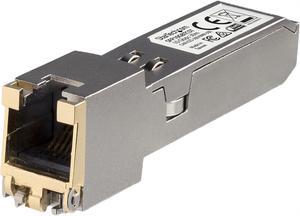
- Device Type: Transceiver
- Standards: IEEE 802.3an 10GBASE-T
- Protocols: TCP/IP
- Ports: 1 x RJ-45 Female
- Model #: SFP10GBTCST
- $229.99 –
- Free Shipping
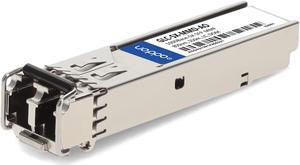
- Part Number: GLC-SX-MMD-AO
- Compatible Brand: Cisco®
- Device Type: Transceiver
- Form Factor: SFP
- Model #: GLC-SX-MMD-AO
- $45.48 –
- More options from $19.99 - $51.34
- Free Shipping
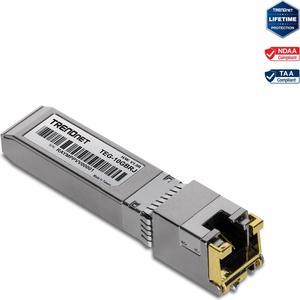
- Brand: TRENDnet
- Compatible Brand: TRENDnet
- Device Type: Switches
- Weight: 0.3300
- Model #: TEG-10GBRJ
- $79.99 –
- More options from $79.99 - $157.23
- Free Shipping
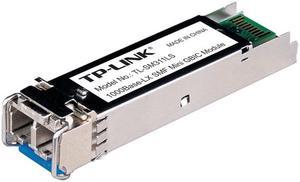
- Standards: IEEE 802.3z
- Wavelength: 1310nm
- Fiber Cable: Single-mode Fiber
- Protocols: CSMA/CD, TCP/IP
- Model #: SM311LS
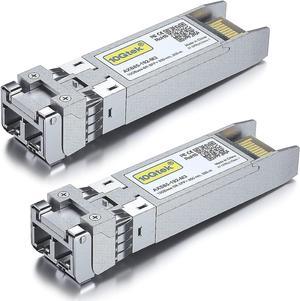
- Device Type: Transceiver
- Standards: IEEE 802.3, IEEE 802.3u, IEEE 802.3ab
- Network Media: MMF
- Wavelength: 850nm
- Model #: AXS85-192-M3 (x2)-UBT-X
- $35.99 –
- Free Shipping
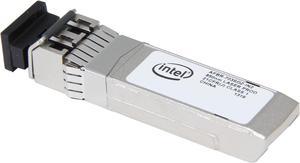
- Device Type: Transceiver
- Feature: Dual Rate 10GBASE-SR/ 1000BASE-SX Compatibility : Intel Ethernet Server Adapter X520 Series
- Weight: 20
- Package Contents: 48008N
- Model #: E10GSFPSR
- $15.00
- $14.79 –
- More options from $14.79 - $41.42
- Free Shipping
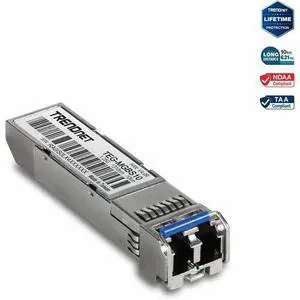
- Standards: Compliant with IEEE 802.3z Gigabit Ethernet and Fiber Channel Standards
- Wavelength: 1310nm
- Protocols: TCP/IP
- Ports: Duplex LC connector
- Model #: TEG-MGBS10
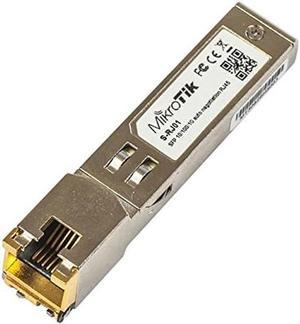
- Device Type: Transceiver
- Model #: BEMikrotik S-RJ01
- $38.00 –
- More options from $38.00 - $78.19
- Free Shipping

- Device Type: Transceiver
- Parts: 30 days warranty
- Labor: 30 days warranty
- Model #: E65689001
- $16.00 –
- More options from $16.00 - $60.01
- Free Shipping
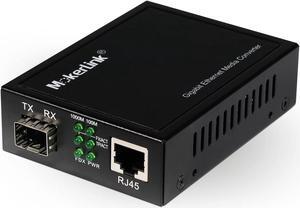
- Model #: GB00872
- $39.00 –
- Free Shipping
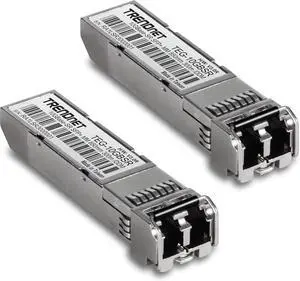
- Brand: TRENDnet
- Device Type: Switches
- Weight: 0.2800
- Model #: TEG-10GBSR/2
- $54.99 –
- Free Shipping
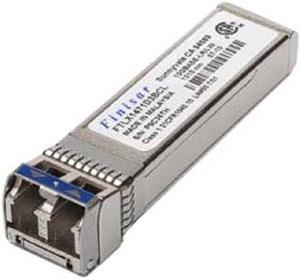
- Device Type: Transceiver
- Ports: 1 x LC Duplex 10GBase-X
- Transfer Rate: 10 Gbps
- Parts: 30 Days
- Model #: FTLX1471D3BCL
- $13.00 –
- More options from $13.00 - $20.00
- Free Shipping
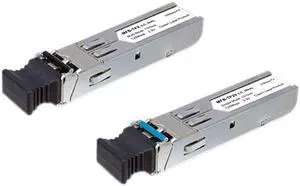
- Device Type: Transceiver
- Wavelength: 1310nm
- Fiber Cable: Multi-Mode
- Ports: LC
- Model #: MFB-TFX
- $37.99 –
- Free Shipping

- Device Type: Transceiver
- Standards: MMF
- Wavelength: 850nm
- Fiber Cable: Multi-mode Optical Fiber
- Model #: 320-2881
- $29.95 –
- Free Shipping
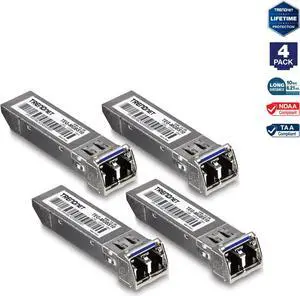
- Device Type: Switches
- Weight: 0.3600
- Model #: TEG-MGBS10/4
- $83.99 –
- More options from $83.99 - $177.65
- Free Shipping
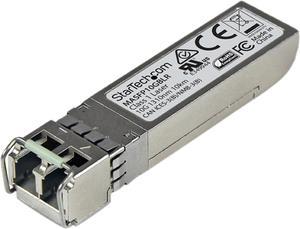
- Device Type: Transceiver
- Standards: IEEE 802.3ae 10 Gbit/s
- Wavelength: 1310nm
- Fiber Cable: Single Mode
- Model #: MASFP10GBLR
- $556.99
- $278.99 –
- Save: 49%
- Free Shipping

- Device Type: Transceiver
- Model #: PTNO-19C-0176
- $13.42 –
- Free Shipping
- $12.35 - $13.42
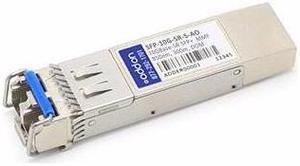
- Humidity: 0.05
- Weight: 0.05 lbs
- Model #: SNXSFP-10G-SR-S-AO
- $197.13 –
- Free Shipping
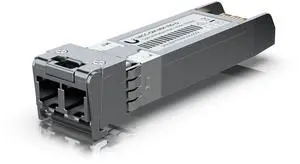
- Brand: Ubiquiti Networks
- Part Number: UACC-OM-MM-10G-D
- Form Factor: SFP+
- Wavelength: TX Wavelength: Black latch: 850 nm RX Wavelength: Black latch: 850 nm
- Model #: UACC-OM-MM-10G-D
- $25.99 –
- More options from $25.99 - $43.24
- $4.99 Shipping
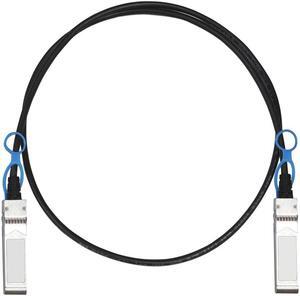
- Device Type: Transceiver
- Fiber Cable: SFP28 to SFP28
- Ports: 25GBASE Ethernet
- Transfer Rate: 25 Gbps
- Model #: FDAC-25G-SPSP-P01-30
- $30.99 –
- $40.00 Shipping
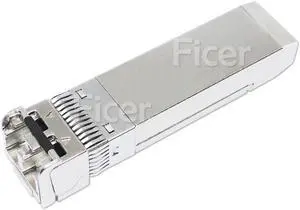
- Device Type: Transceiver
- Fiber Cable: Multi-mode Optical Fiber
- Ports: 10GBASE-SR/SW Ethernet
- Transfer Rate: 10 Gbps
- Model #: FSPP-H7-M85-X3D
- $28.99 –
- $40.00 Shipping
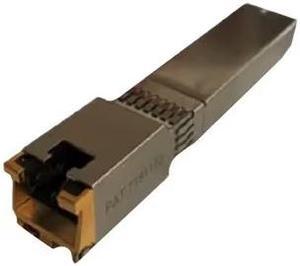
- Device Type: Transceiver
- Model #: SFP-10G-T-X=
- $368.28 –
- More options from $337.55 - $368.28
- Free Shipping
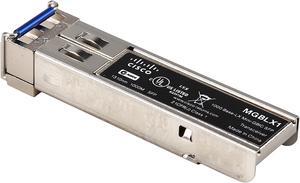
- Part Number: MGBLX1
- Device Type: Transceiver
- Form Factor: SFP
- Media Conversion: Media Type Supported: Optical Fiber Fiber Mode Supported: Single-mode Ethernet Technology: Gigabit Ethernet Network Technology: 1000Base-LX
- Model #: MGBLX1
- $155.22 –
- More options from $155.22 - $164.99
- $9.99 Shipping
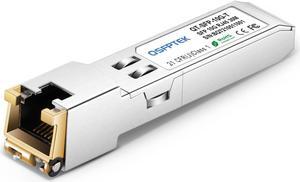
- Device Type: Transceiver
- Network Media: Copper
- Ports: 10GBase-T
- Max Distance: 30 m
- Model #: 771077558892
- $48.99 –
- Free Shipping
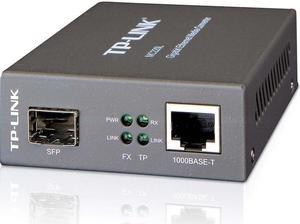
- Standards: IEEE 802.3ab, IEEE 802.3z, IEEE 802.3x
- Network Media: UTP category 5, 5e cable (maximum 100m); EIA/TIA-568 100O STP (maximum 100m) -1000BASE-T Multi-mode/ Single-mode Fiber -1000BASE-FX
- Fiber Cable: Multi-mode/Single-mode Fiber
- Ports: 1 x Gigabit SFP port 1 x 1000M RJ45 port (Auto MDI/MDIX)
- Model #: MC220L
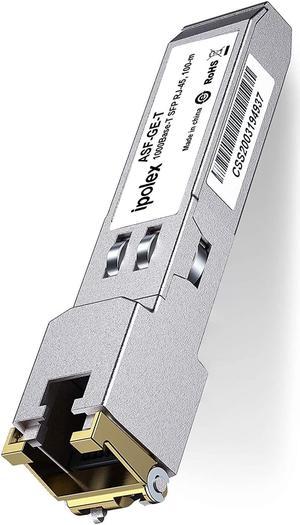
- Device Type: Transceiver
- Model #: 6901187142
- $49.00 –
- Free Shipping

- Device Type: Transceiver
- Model #: XBR000192
- $19.99 –
- More options from $19.00 - $24.00
- Free Shipping
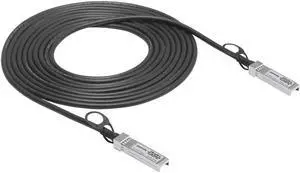
- Device Type: Transceiver
- Temperature: 0° ~ 70° C
- Model #: QT-SFP+-CA-P5M
- $27.99 –
- $3.99 Shipping
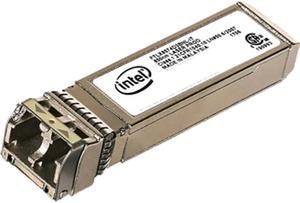
- Compatible Brand: Intel
- Device Type: Transceiver
- Fiber Cable: Multi-mode Optical Fiber
- Ports: 10GBase-SR
- Model #: E10GSFPSRX
- $36.00
- $35.85 –
- More options from $35.85 - $147.20
- Free Shipping
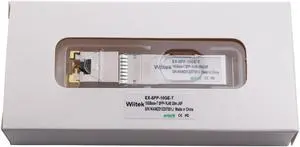
- Device Type: Transceiver
- Model #: 10G-RJ45-Juniper
- $37.99 –
- Free Shipping
Learn about Network Transceivers
High-Speed Optics for Scalable Networks
Network transceivers combine a transmitter and receiver to deliver high-bandwidth, low-latency links between switches, servers, and storage. From compact SFP transceiver modules to high-density QSFP module options, plus versatile media converter solutions, you can build 10G/25G/40G/100G backbones that fit today’s needs and tomorrow’s growth.
Common Form Factors & Speeds
SFP / SFP+
Ideal for access and server uplinks. Popular picks include 10G SFP+ transceiver for short-reach SR or long-reach LR links, and copper options for short runs.
SFP28 (25G)
A sweet spot for modern servers and leaf-spine designs. Look for SR/LR variants such as 25G SFP28 LR to extend reach with single-mode fiber.
QSFP+ / QSFP28
Aggregation-friendly density for 40G/100G fabrics. For short top-of-rack links, consider 40G QSFP+ DAC (passive copper) or 100G QSFP28 AOC (active optical cable) to simplify cabling.
Fiber Types, Wavelengths & Specialties
Match optics to distance and cable: SR for short multimode runs, LR/ER for long single-mode links. BiDi SFP single-mode cuts fiber strands in half, while CWDM/DWDM SFP multiplies capacity over the same fiber pair. Need copper? Try an RJ45 SFP copper module for short copper segments.
Buying Checklist
Confirm required speed (10G/25G/40G/100G) and form factor (SFP/SFP+/SFP28/QSFP/QSFP28), choose SR/LR per distance, and verify connector type and cable (OM3/OM4 multimode vs. single-mode). For copper-to-fiber bridging or PoE islands, add an Ethernet-to-fiber media converter. If you’re uplinking servers, pair your optics with the right Network Interface Cards and a compatible switch for end-to-end stability.
Deployment Examples
Access & Edge: 10G SFP+ SR uplinks from access switches to distribution.
Server & Storage: 25G SFP28 LR for spine/leaf or iSCSI/NFS back-ends.
Aggregation & Core: 40G/100G QSFP for compact, high-throughput spines.
Frequently Asked Questions
How do I choose SR vs. LR?
Use SR on OM3/OM4 multimode for short in-rack or row links; choose LR on single-mode for long runs or building-to-building spans.
Can different brands interoperate?
Often yes, but check vendor coding/compatibility lists and DOM/DDM support on your switch or NIC to avoid alarms or link issues.
When should I use DAC or AOC instead of optics?
Use DAC for very short, low-cost in-rack links; pick AOC for longer top-of-rack runs without managing separate optics and fiber jumpers.
Related Essentials
Finish your build with the right cabling and hardware: SFP+ DAC cables, QSFP AOC, Ethernet cables, server racks & cabinets.




